The story of electric motor shop owner Jim Stultz is the story behind the MotorBase repair shop ERP system. By the 1980s Jim had already been a long-time advocate for the use of computers in the electric motor repair industry. Two of his biggest questions were:
- How much money is made (or lost) on each job?
- What are the most profitable job type and customer combinations?
The answers to these two questions led to Jim’s ability to make his business far more profitable. How he got those answers led to the development of MotorBase and later our company, Spring Point Solutions.
After researching the software programs available in the mid-1990s along with their respective capabilities and limitations, Jim decided to develop his own system in-house. In addition to his vision, Jim had another luxury not every motor shop owner can claim: a son with degrees in electrical engineering and computer programming. Throw in some very experienced operational folks and
a process savvy controller and Jim had a highly capable software development team already on his payroll.
Within a few years, thanks to the home-grown system (later dubbed MotorBase), this small company was running on actual, real-time data and making decisions based on business intelligence not readily available to competitors.
Back to key questions
Can you unwind your jobs and pull back the layers to understand exactly what labor and material went into each one and what the associated costs were? Do you know your most profitable job types? Do you know who your most profitable customers are (the ones that profit you the most)? If you answered no to any of those, there is no way you’ll be able to focus your business on the most profitable work. Don’t panic, you’re in good company. Many, maybe even most shop owners cannot confidentially state what they made on each job. One particular shop owner expressed it this way, “If I see that I have more money in the bank at the end of the week than I did at the beginning, well, I know it was a good week.” Another told us that as long as he could look out over the floor and see his employees were busy, he was confident business was good.

The modern ability to collect, organize, and present data has revolutionized the way we look at productivity, job tracking, and perhaps most importantly, job costing. Because when it comes to brass tacks, what matters most is long-term profitability. We say long term here because people matter, safety matters, and keeping up with technology matters. Ignoring any of those may yield short-term gains, but each is vital to remain profitable over time.
Try this
Select an incoming job. As the job makes its way through each stage in the work process document the following information:
- How long did it stay in each stage?
- How much time lapsed between each stage when no work was being done (no value being added)?
- How much actual labor time was spent at each stage?
- What was the cost of that labor?
- Who performed the work?
- What was the labor code (regular time, overtime, etc.)?
- What was the cost of that labor?
- What inventory stock items went into the job?
- What was the cost of each item?
- What was the sell price?
- Did you capture everything:
- Pickup and delivery time?
- All freight charges?
- All taxes?
- All time – even if you did not bill directly for it including pickup & delivery, inspections, documentation, etc.?
Now compare this data to your quote. How close is the actual time and material to the quote?
How much effort was expended in obtaining the information?
How confident are you in the accuracy of the information?
How easy would it be to replicate the data collection with every job?
Depending on how you are organized and what systems you are using to run your business the last task may be simple or impossible, but access to that level of information takes the guess-work out of operations and gives you the ability to run your company on actual, real-time information and to make decisions based on business intelligence.
What steps can you take now to start building your unique job-costing database?
